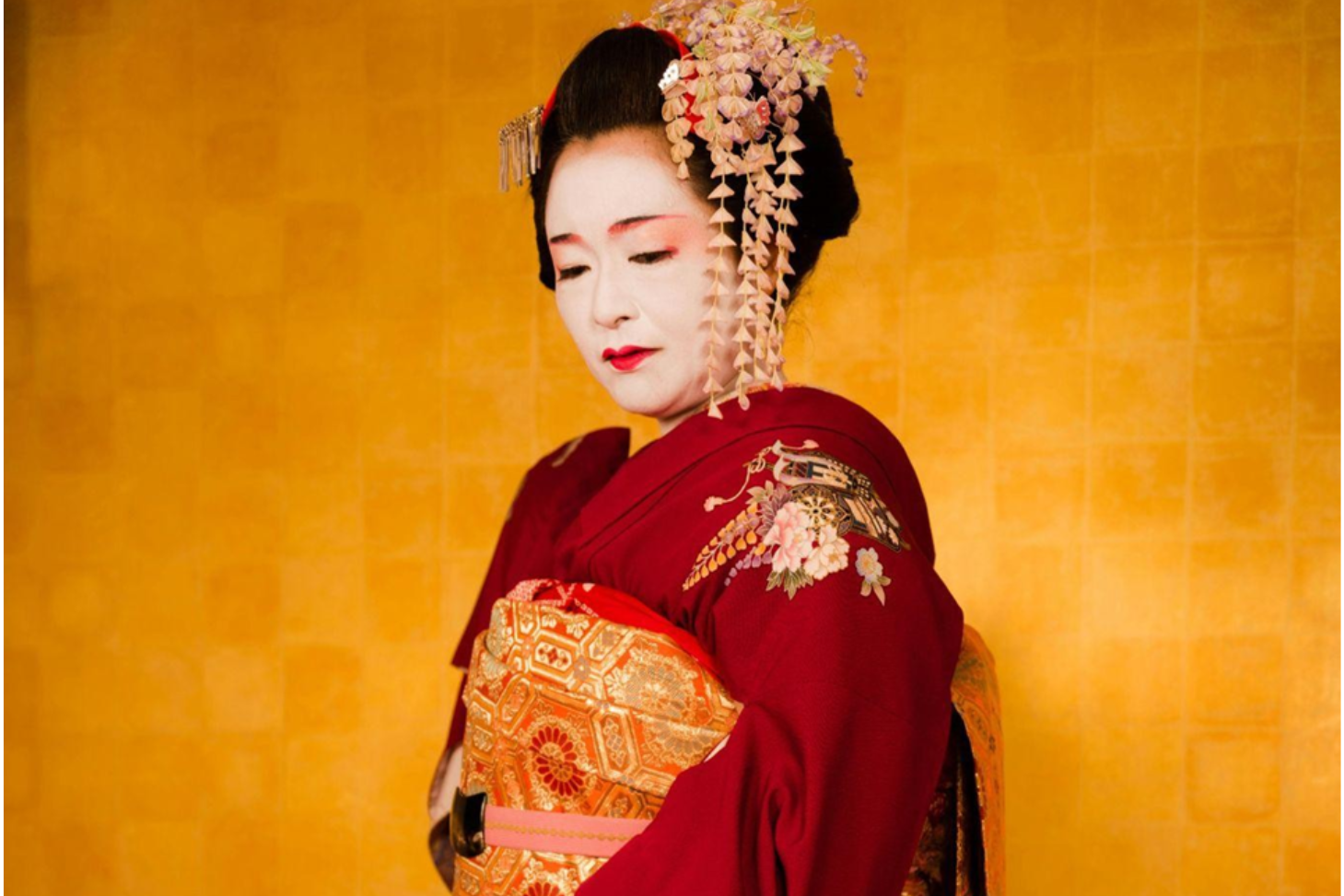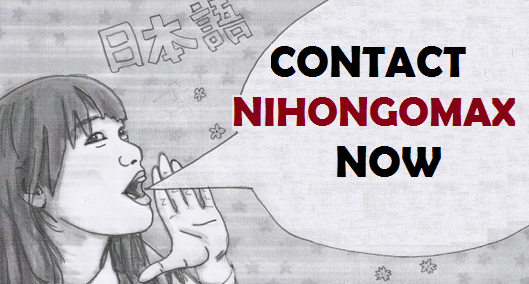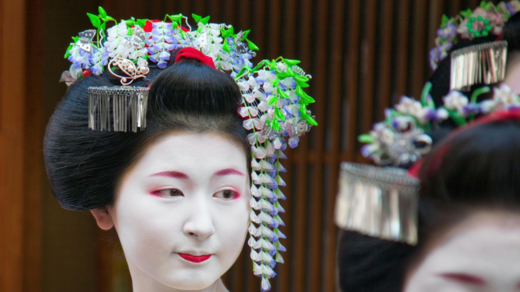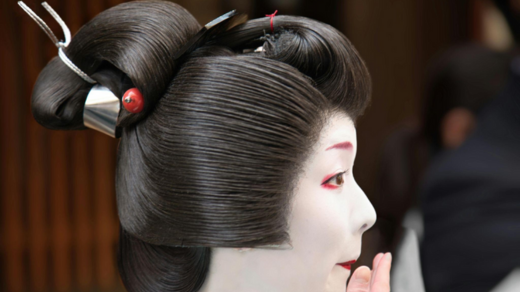


When we think of Japanese culture and traditions, one word we can never forget to mention is that of Geishas. The beautiful girls and women who dedicate themselves to their passion of arts are famous throughout the world. Besides all the fame and love geishas get from so many people, there also persists some misconceptions around them. In this article we will explore the world of Geisha and learn about their role and image in the modern times.
The Geisha tradition started back in the Edo period(1603 - 1868). Earlier performances were usually done by male artists but with time this was replaced with females. The word "geisha" (芸者) translates to "person of the arts." In modern times, a Geisha is a female artist who entertains guests through music, dance, and her conversation skills.
In the past Geisha entertained elite members of society including samurai, merchants, and government officials. These performances usually took place in a tea house (Ochaya) setting or exclusive gatherings.
The path to becoming a Geisha is of great patience and resilience. It takes about five years of training as a maiko (geisha in training) to gain the title of a Geisha. Girls start their training as a maiko from as young as 15 years of age, and enter an okiya (a geisha house). And then train by an older Geisha up until the age of 20/21. After that they can decide to quit or start their career as a Geisha.
The training of maiko includes:

1. Odori (Dance): It is a type of classical Japanese dance that is performed during festivals. Maikos are trained in this elegant dance for entertaining guests.
2. Shamisen: It is a three-stringed instrument that is played alongside singing and storytelling. Geisha use this instrument while singing a song or telling entertaining stories.
3. Tea ceremony: Geishas are trained in the complete process of tea ceremony hosting with elegance and precision.
4. Ikebana: Maikos are trained in the complete traditional Japanese art of flower arrangement.
5. Conversational Skills: It is very important for the maikos to be able to converse well. That is why they are trained with this ability to engage and entertain guests with wit and charm.
6. Makeup and Dressing: This training also includes learning how to do the makeup and dressing up as this is an important part of being a Geisha.

The most important aspect about being a Geisha besides the arts is her appearance. The special look of a Geisha is what makes her so alluring, and popular throughout the world. I would say a Geisha’s look is an art in itself. So, let's understand a few important characteristics of a Geisha’s overall look.
White Face Paint:
Historically, the Geisha started to apply white paint on their face in order to improve their visibility in candle-lit settings. But with time white painted face became a symbol of purity and refinement that made the tradition continue till now.
Geishas apply this white paint on their face and neck completely covering it. While on maiko’s face you can see some parts of the hair line not covered with paint. This helps in distinguishing a Geisha from a maiko.
Kimono and Obi:
Geisha wear expensive and luxurious silk kimonos that are usually hand painted and nicely embroidered. The obi (sash) is tied elegantly around the waist. A maiko’s kimono and obi is usually more colourful and longer trailing than that of a senior geisha. This is to make the maikos look more youthful and playful while that of a Geisha to appear more elegant and mature.
Hairstyles:
Maiko often style their natural hair in a bun and accessorize it with lots of hair pieces and accessories. Geiko or Geisha usually wear a wig and keep the hair bun’s look elegant and mature by using minimal hair accessories, called a shimada hairstyle.
Footwear:
Maiko wear tall wooden sandals called okobo that sometimes have bells inside them. This makes pleasing sounds as the maiko walks representing youth and playfulness. Geiko or Geisha wear zori, flat sandals that help enhance their graceful movements and show their elegant and mature side.
Lipstick:
Geisha wear red coloured lipstick, filling both the lips with red colour enhancing their beauty and femininity. Maiko usually wear lipstick only on their lower lip or half upper lip. This helps in distinguishing Maiko from Geiko and accentuates the youthfulness of a maiko.
In the modern age, the Geisha tradition is still continuing, particularly in the Kyoto region. Its not a doubt that the number of Geisha have drastically declined over the centuries, but there are still hundreds of Geisha left that are preserving the tradition through their performances in festivals and private events.
With popularity there also grew a lot of misconceptions about the Geisha, which are:
1. Geisha are not courtesans.
Geisha are trained artists dedicated to performing their arts and show hospitality.
2. Geisha do not marry.
Geisha dedicate themselves to their art and not marry when in practice.
3. Geisha culture is not disappearing.
Although the number of Geisha is lesser now. But the Geisha houses ( training centres) are still running and training new generations of Geisha to preserve the tradition.
So, this was all about the Geisha tradition in Japan. Thankyou for reading! For more such content check out our blog.